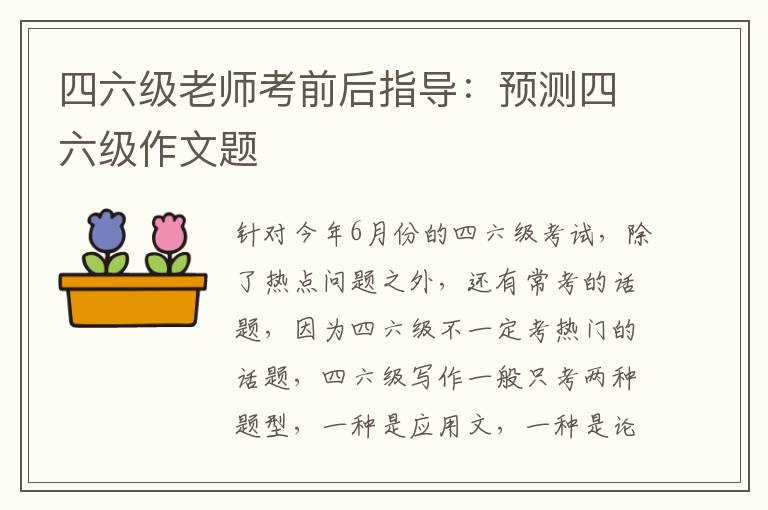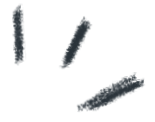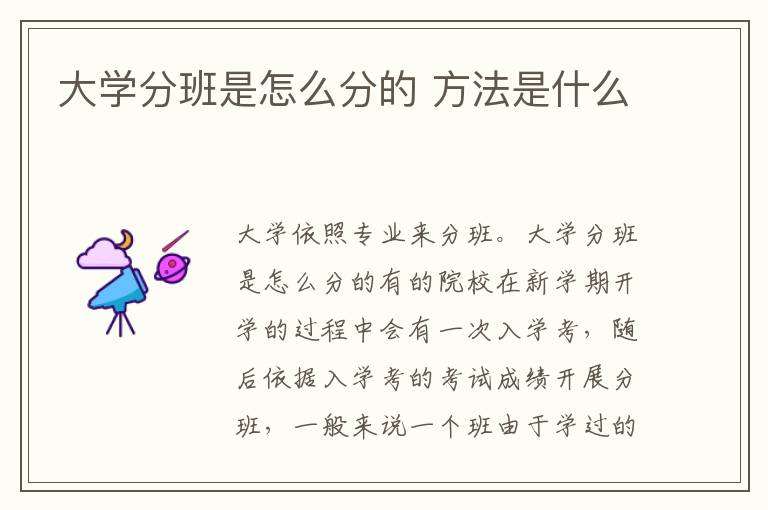考研英語報刊文章閱讀及剖析十

考研英語報刊文章閱讀及剖析(10)
A burial site at 22,000 feet is giving scientists the best look yet at grisly Incan sacrificial rites
By modern standards, the hostile summit of Mount Llullaillaco, in the Argentine Andes, is no place for kids. The ancient Inca saw things differently though, and so it was that one day, some 500 years ago, three children ascended the frigid and treacherous upper slopes of the 22,000-ft. peak. The three had spent time at the 17,000-ft. level, taking part in rituals that can only be guessed at. Now, accompanied by a retinue of adults, they moved steadily upward. They would not return. Once at the summit, the children--two girls and a boy, between eight and 15 years old--would be ritually sacrificed and entombed beneath 5 ft. of rocky rubble. They may even have been buried alive.
And there the story might have ended but for the tireless efforts of Johan Reinhard, an independent archaeologist funded by the National Geographic Society. Reinhard s specialty is scaling the Andes in search of sacrificial remains; he had already located 15 bodies, including the famed ice maiden he found in 1995. But these three, whose discovery he announced last week, are by far the most impressive. They were frozen solid within hours of their burial. Two of the bodies are almost perfectly preserved; the third was evidently damaged by lightning. The children s internal organs are not only intact but also still contain blood. Says Craig Morris, an expert on Andean archaeology at New York City s American Museum of Natural History: It is truly a fantastic discovery.
What makes it so fantastic is not just the bodies themselves, but also the wealth of artifacts that were buried along with them: 36 gold and silver statues, small woven bags, a ceramic vessel, leather sandals, a small llama figure and seashell necklaces. One of the girls, says Reinhard, has a beautiful yellow, geometrically designed cover laid over her. Her head sports a plume of feathers and a golden mask.
Some of the bodies were provisioned with bundles of food wrapped in alpaca skin, which indicates that the children came from the Incan social elite--not surprising, since only people of high status would have been considered worthy of sacrifice. Little is known about the sacrificial ceremony itself; these objects, along with others found at the lower camp, should tell archaeologists plenty.
The preserved bodies, meanwhile, will give scientists an unprecedented look at Incan physiology. Reinhard and his team took care to pack the children in plastic, snow and insulating foam before hauling them down the mountain, and the Argentine military whisked them off to the nearby town of Salta. There, experts will analyze their stomachs to find out what they ate for their last meal, their organs for clues about their diet and their DNA to try and establish their relationship to other ethnic groups. Reinhard will head back into the mountains. There is no telling how many more bodies remain to be found.
By Michael D. Lemonick Time; 04/19/99, Vol. 153 Issue 15, p46, 2p, 2 maps, 2c
1. From the first paragraph we learn that ____________.
[A] the summit of Mount Llullaillaco was not hostile in the past
[B] ancient Incans used to hold sacrificial rituals on top of the mountain
[C] burying children alive was a common practice in ancient Incan society
[D] the three children made the mountain climbing by themselves
2. Which of the following statements is true according to the text?
[A] Johan Reinhard works with the National Geographic Society.
[B] Archaeological discoveries depend on the independent work of archaeologists.
[C] The Andes is a treasure for archaeologists in search of sacrificial remains.
[D] Andean archaeology focuses on unearthing human bodies.
3. Rehinhards discovery shows that _____________.
[A] ancient Incans were masters of body-preservation
[B] the children suffered a lot before they were buried
[C] Incan children from rich families were often made sacrifices
[D] ancient Incans had grasped a high level of craftsmanship
4. Which of the following best defines the word unprecedented ?
[A] unexampled
[B] unusual
[C] precious
[D] unpredictable
5. We can draw a conclusion from the text that____________.
[A] Johan Reinhards discovery will shed light on the study of ancient Incans
[B] Reinhard will find a lot more bodies in the future
[C] experts can now describe the sacrificial ceremony in detail
[D] Argentine military are also interested in archaeological activities
答案:B C D A A
考研英語報刊文章閱讀及剖析(10)
A burial site at 22,000 feet is giving scientists the best look yet at grisly Incan sacrificial rites
By modern standards, the hostile summit of Mount Llullaillaco, in the Argentine Andes, is no place for kids. The ancient Inca saw things differently though, and so it was that one day, some 500 years ago, three children ascended the frigid and treacherous upper slopes of the 22,000-ft. peak. The three had spent time at the 17,000-ft. level, taking part in rituals that can only be guessed at. Now, accompanied by a retinue of adults, they moved steadily upward. They would not return. Once at the summit, the children--two girls and a boy, between eight and 15 years old--would be ritually sacrificed and entombed beneath 5 ft. of rocky rubble. They may even have been buried alive.
And there the story might have ended but for the tireless efforts of Johan Reinhard, an independent archaeologist funded by the National Geographic Society. Reinhard s specialty is scaling the Andes in search of sacrificial remains; he had already located 15 bodies, including the famed ice maiden he found in 1995. But these three, whose discovery he announced last week, are by far the most impressive. They were frozen solid within hours of their burial. Two of the bodies are almost perfectly preserved; the third was evidently damaged by lightning. The children s internal organs are not only intact but also still contain blood. Says Craig Morris, an expert on Andean archaeology at New York City s American Museum of Natural History: It is truly a fantastic discovery.
What makes it so fantastic is not just the bodies themselves, but also the wealth of artifacts that were buried along with them: 36 gold and silver statues, small woven bags, a ceramic vessel, leather sandals, a small llama figure and seashell necklaces. One of the girls, says Reinhard, has a beautiful yellow, geometrically designed cover laid over her. Her head sports a plume of feathers and a golden mask.
Some of the bodies were provisioned with bundles of food wrapped in alpaca skin, which indicates that the children came from the Incan social elite--not surprising, since only people of high status would have been considered worthy of sacrifice. Little is known about the sacrificial ceremony itself; these objects, along with others found at the lower camp, should tell archaeologists plenty.
The preserved bodies, meanwhile, will give scientists an unprecedented look at Incan physiology. Reinhard and his team took care to pack the children in plastic, snow and insulating foam before hauling them down the mountain, and the Argentine military whisked them off to the nearby town of Salta. There, experts will analyze their stomachs to find out what they ate for their last meal, their organs for clues about their diet and their DNA to try and establish their relationship to other ethnic groups. Reinhard will head back into the mountains. There is no telling how many more bodies remain to be found.
By Michael D. Lemonick Time; 04/19/99, Vol. 153 Issue 15, p46, 2p, 2 maps, 2c
1. From the first paragraph we learn that ____________.
[A] the summit of Mount Llullaillaco was not hostile in the past
[B] ancient Incans used to hold sacrificial rituals on top of the mountain
[C] burying children alive was a common practice in ancient Incan society
[D] the three children made the mountain climbing by themselves
2. Which of the following statements is true according to the text?
[A] Johan Reinhard works with the National Geographic Society.
[B] Archaeological discoveries depend on the independent work of archaeologists.
[C] The Andes is a treasure for archaeologists in search of sacrificial remains.
[D] Andean archaeology focuses on unearthing human bodies.
3. Rehinhards discovery shows that _____________.
[A] ancient Incans were masters of body-preservation
[B] the children suffered a lot before they were buried
[C] Incan children from rich families were often made sacrifices
[D] ancient Incans had grasped a high level of craftsmanship
4. Which of the following best defines the word unprecedented ?
[A] unexampled
[B] unusual
[C] precious
[D] unpredictable
5. We can draw a conclusion from the text that____________.
[A] Johan Reinhards discovery will shed light on the study of ancient Incans
[B] Reinhard will find a lot more bodies in the future
[C] experts can now describe the sacrificial ceremony in detail
[D] Argentine military are also interested in archaeological activities
答案:B C D A A









